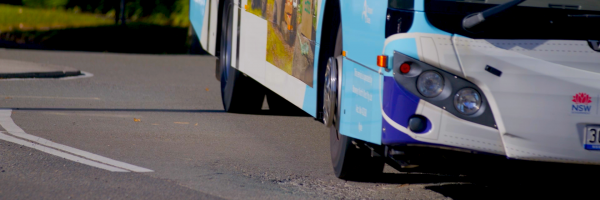Who doesn’t like potholes? Not only are they unsightly and cause damage to vehicles but they are also a safety concern when people swerve to avoid them.
They also represent the largest cost associated with road maintenance. Normally, the roads are assessed every 1 to 4 years with a specific survey vehicle that drives the roads and records surface conditions. However, environmental and climate events are accelerating the erosion of the road surface. An example of this are the recent floods experienced in Sydney in early 2022.

Cisco, Transport for New South Wales (NSW), Australian Road Research Board (ARRB) and University of New South Wales (UNSW) embarked on a unique trial to use the bus network as sensors to digitise the road surface in real-time to identify areas of concern and requiring prioritized maintenance. Using Cisco IoT Edge routers installed on the buses and the in-built GPS and accelerometer in the router, the movement of the bus mimicking the road surface is captured by the sensors and then turned into an index. Every lump, bump, crack and pothole is then identified through the index as the bus goes about its business transporting the community across New South Wales.
Edge computing, data and the network effect play a major role here. As one bus traverses the road it forms a view of the current road surface condition, however as multiple buses travel over the same piece of road and report the same view it reinforces the situation as well as identifies changes which could provide early warning of accelerated degradation. Edge Computing keeps data costs manageable as the data is processed locally on the router and only key alerts transmitted over the mobile network.
This trial represents a great example of how industry and technology is coming together to solve transport challenges and positively impact the community.
Find further details on our trial initiatives with Transport for NSW here.
This article was originally published by Cisco.


